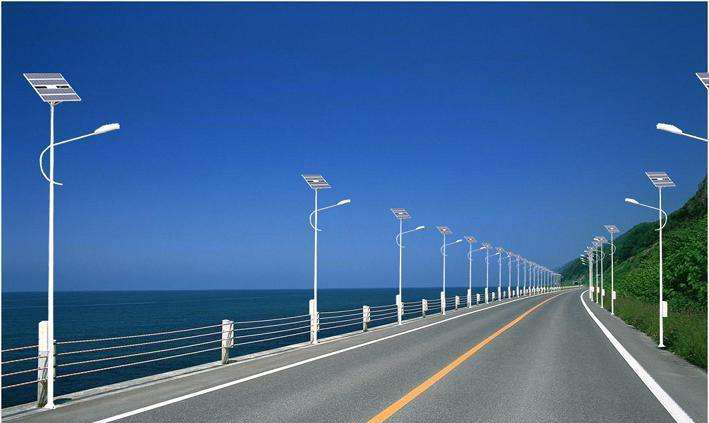Contactors are commonly used to control the operation and stop of motors, pumps, and the like. Under normal circumstances, when the start button is pressed, the motor or the like starts to operate, and when the stop button is pressed, the power of the motor or the like is immediately cut off, and the motor or the like is stopped. The release time of the AC contactor is generally only a fraction of a second. If the stop button is pressed, the release time after the contactor coil is de-energized is significantly extended or not released, and the motor does not stop or stop immediately, that is, the contactor is out of control (sticking phenomenon). This can cause accidents such as equipment damage, electric shock, and the like. For example, when an electrician in a factory replaces the fan motor, the power switch is not pulled off, but only the stop button is pressed, so that the motor terminal does not have electricity at this time, but the electric shock is caused by electric shock. In fact, after pressing the stop button, although the contactor is heard to sound, but because one phase of the contact is welded, the power supply passes through the contact to the motor terminal. The reasons for the contactor adhesion are: poor quality of the contactor (such as improper use of materials, small contact capacity, etc.), iron core heating, contact welding, oil stain on the suction surface, deformation of the plastic parts, environmental pollution. In order to prevent contact failure of the contact, it should be prevented for the above reasons. If qualified products are used, increase the contactor capacity, reduce the spark of the contactor, remove the grease on the suction surface, improve the use environment, and strengthen maintenance. In order to prevent the electric shock caused by the contactor, in addition to preventing the contactor from sticking to the fault, when installing or repairing the circuit with the contactor control, the power switch should be cut off first. Do not press the stop button to work. Outdoor Waterproof Wire Harness
Outdoor waterproof Wire Harness is mainly used in some outdoor equipment and underwater equipment, and have high requirements on the waterproofness of the wiring harness. Wire harness waterproofing is a necessary part of wire harness work. Once the waterproof wire harness fails, it is easy to cause abnormal operation of various electrical systems, affecting the comfort of the whole vehicle, and even causing great safety risks. After the design is completed, waterproof experiments should be carried out in order to check the reliability of the waterproof design.
In order to ensure the waterproof performance of the wiring harness, the Connector must provide a safe and reliable connection. Choose advanced waterproof structure design connector, the waterproof level is greater than or equal to IPX7 protection level. Choose connectors produced by regular manufacturers to ensure strict quality control system, excellent processing and assembly accuracy, and multiple performance testing. In order to ensure the waterproof performance of the connector.
Only through strict waterproof wiring harness design, purchase of Outdoor Waterproof Wire Harness produced by regular manufacturers, production in strict accordance with waterproof wiring harness technology, and rigorous and thorough quality inspections, can we produce qualified defensive wiring harnesses.
We can not only provide you with Outdoor Waterproof Wire Harness, but also other Industrial Cable Assembly, including Laser Welding Equipment Wiring Harness and Automatic Traffic Door Wiring Harness.
Outdoor Waterproof Wire Harness,Outdoor Waterproof Cable,Waterproof Harness,Exterior Grade Ethernet Cable Kable-X Technology (Suzhou) Co., Ltd , https://www.kable-x-tech.com
IP waterproof rating range
The waterproof test includes the second characteristic number from 1 to 8, that is, the protection class code is IPX1 to IPX8.
No protection No special protection
1 Prevent dripping water from invading Prevent vertical dripping water droplets
2 Water dripping is still prevented when tilted 15 degrees Water dripping is still prevented when electrical equipment is tilted 15 degrees
3 Prevent the intrusion of water jets Prevent rainwater, or water jetted from the vertical angle of less than 50 degrees
4 Prevent the intrusion of splashing water Prevent the intrusion of splashing water from all directions
5 Prevent the intrusion of water from large waves
6 Prevent the water intrusion of large waves Electrical equipment intrusion into the water can still ensure the normal operation of the equipment under certain conditions of time or water pressure
7 Prevent the intrusion of water intrusion Electrical equipment can still ensure the normal operation of the equipment under the condition of certain water pressure under the condition of submerged water indefinitely
8 Prevent the effects of sinking
